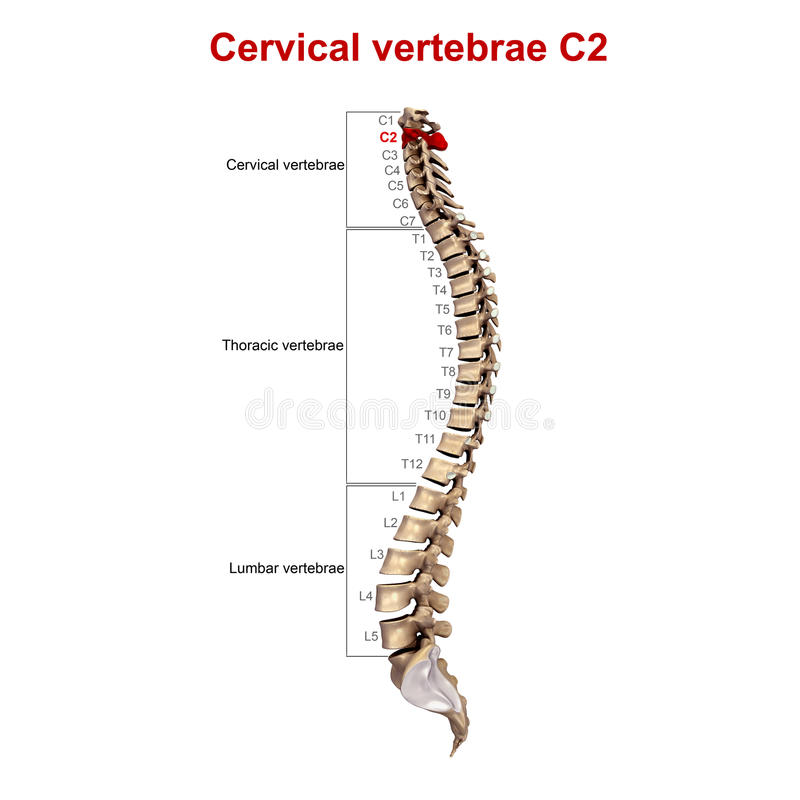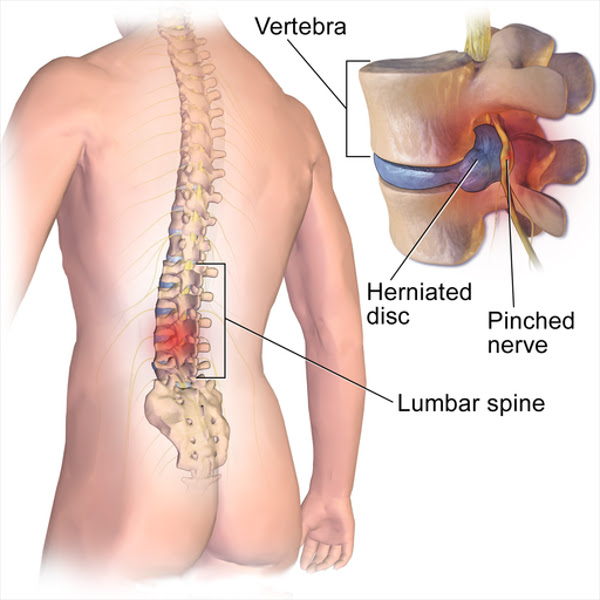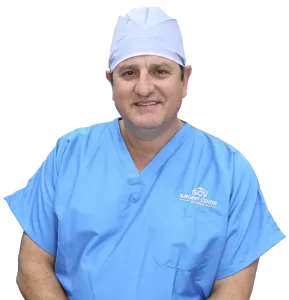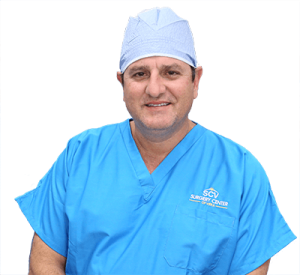Back pain is extremely common, and nonsurgical treatments such as anti-inflammatory medications, heat, and physical therapy can help you heal quickly. However, in the case of severe lower back pain that does not improve, even when non-surgical treatment fails to offer relief from pain and numbness, surgery may be considered.
The lower back pain surgery that involves the percutaneous removal of the lumbar (low back) herniated disc is called a discectomy. Discectomy surgery is the surgical removal of lumbar (low back) herniated disc material that presses nerve roots or the spinal cord.
It is a surgical procedure commonly performed to relieve the pain caused by a bulging, ruptured, or herniated disc on nerve roots.
It is the straining of the spinal cord or radiating nerves that induce back pain that travels to the legs and produces severe symptoms of muscle weakness or numbness or tingling in the back, arms, hands, shoulders, legs, or feet. The pain can also make it difficult to bend or stand for long periods, and sometimes the pain may worsen in the legs and buttocks due to the sciatic nerve being pressured.

In the U.S, it has been estimated that the medical care system spends over $300 million annually on Discectomy. Because discectomy is often performed after other therapies, such as physiotherapy and steroids, have failed to improve a patient’s condition. It is therefore essential to get a second opinion on all of your treatment choices before having a discectomy surgery.
A discectomy is a procedure that relieves pressure on a spinal nerve caused by a herniated disc. Discectomy may be recommended if:

The types of discectomy procedures include:


When it comes to discectomy surgery, there is no such thing as a one-size-fits-all solution. Your doctor will recommend specific surgical procedures based on various factors, including the exact location of the herniation, the degree of the rupture if you have one or more herniated discs, your overall health, and many more.
However, this surgery is generally carried out under general anesthesia and may require an overnight hospital stay. Surgeons can approach the herniated disc in one of two ways:
Discectomy surgery aims to remove only the herniated portion of the disc; however, the surgeon may need to remove the entire disc in some circumstances. If the entire disc is removed, the surgeon will need to fill the space with bone, which can come from a donor. Based on your diagnosis, age, medical history, general health, and potentially your personal preference, your surgeon will advise you on which operation is best for you and how long you will need to stay in the hospital.
If other treatment choices with a lower risk of consequences have been ineffective, your doctor may recommend a discectomy for you. This procedure aims to relieve pain and pressure on the spinal cord or the nerve root, improve mobility, and help you restore normal function related to sitting, standing, and walking.
The overall recovery time is also concise, even for the ‘open’ surgical procedures. Most patients can return to work within 2 to 4 weeks, and within 10 to 12 are expected to return to most activities. It’s particularly beneficial for patients suffering from sciatica, a condition where the sciatica nerve is compressed or irritated, causing patients a good deal of pain and other uncomfortable symptoms.
Discectomy is considered a safe procedure with a positive outcome. But as with any surgery, it also carries the risk of complications. Following a discectomy, the most prevalent risk is herniation, which can necessitate repeat surgery. Other risks of surgery include:
An alternative to Discectomy Surgery is the Deuk Laser Disc Repair
Where to get it: Deuk Spine Institute
How it works: Deuk Laser Disc Repair is a laser spine surgery performed to cure pain or neck pain associated with herniated discs, bulging discs, sciatica, spinal stenosis, pinched nerves, and other conditions that cause chronic pain.
This precision laser procedure is uniquely recognized for its gentle, minimally invasive method. Without removing stabilizing joints, bones, or ligaments, the surgeon utilizes an endoscope (a small tube with a light and camera attached) to reach the source of back pain. The method avoids explicitly drilling, implanting, or fusing.
It specializes in spine disc repair and addresses spine concerns such as Laminectomy and microdiscectomy, using unique techniques to vaporize the herniated tissue and provide the best laser spine surgery available.

The Deuk laser disc repair procedure has a 95% success rate in eliminating pain, with 0 complications and infections. Patients are pain-free and able to leave the recovery room within an hour. With no internal damage or scarring, the wound will heal within days. It has also been peer-reviewed and approved by the FDA for back pain caused by annular ribs, herniated discs, bulging discs, degenerative discs, and spinal stenosis.
Here’s a video providing a more detailed explanation of the Deuk Laser Disc Repair Surgery:
The steps you take before the surgery can make a significant difference in your prognosis. You can prepare for a discectomy by doing the following:
After surgery, you should expect your back to be stiff or uncomfortable. However, this will gradually improve over days or weeks following the surgery. It may also be difficult to sit or stand in one position for long periods in the weeks following your surgery.
Ultimately, It could take up to 8 weeks to resume your normal activities. Your doctor may also recommend that you work with a physiotherapist to strengthen the muscles that surround your spine and trunk. You can also care for yourself by:
The importance of follow-up care in your treatment and safety cannot be overstated. Make and keep all of your appointments, and if you have any concerns, call your doctor or the nurse call line. It is also a good idea to keep track of the test results and medications you are currently taking.
Recovery from surgery is a gradual process. The length of your recovery is also dependent on the treatment, the type of anesthesia used, your overall health, your age, and other factors. Your doctor may urge you to walk rather than sit for lengthy periods, to avoid alcohol, to avoid strenuous activities like yard work, housework, and sex, and to avoid driving for the first 2-3 days or while on pain medication. You will also receive physical therapy to aid in your recovery.
Total recovery time takes a few weeks, ranging from two to four weeks. If you have a job that requires heavy lifting or operating heavy machinery that vibrates, it might take longer for you to return to complete activities.
There will also be discomfort and soreness after your surgery. If your discomfort worsens or changes in any way, contact your doctor right away because it could be a symptom of a problem. Surgeons also recommend a physical therapist to help with exercises and explain activities that should be avoided.
A discectomy is a highly specialized procedure that necessitates the services of a surgeon with special training and extensive experience. As a result, it may be more costly than other types of back surgery. The cost of the surgery varies, ranging from $15,000 to $40,000. Any follow-up visits or care may not be included in this pricing.
Also, having health insurance may cover a significant percentage of this cost. If you don’t have insurance, be sure to talk with your hospital, surgeon, and all other medical professionals before receiving the procedure.
Medical studies have shown that good results are achieved in 80% to 90% of the cases treated with open discectomy. Studies also show that people experiencing radicular pain, or pain that travels down the legs, may experience more pain alleviation than those who receive an open discectomy for low back pain.
If you have back or leg pain or weakness, be sure to talk to our doctors at Deuk Spine Institute about your discomfort and consider all available options before undergoing any surgical procedure.
At Deuk Spine Institute, we specialize in minimally invasive surgical techniques and comprehensive spine treatments to cure back and neck pain.
If you are suffering from back or neck pain and considering surgery, send us your MRI scan for a free review or schedule an in-person appointment at our clinic in Florida, and we can determine the best options for you.

